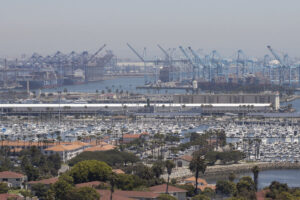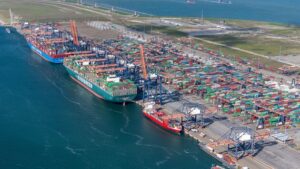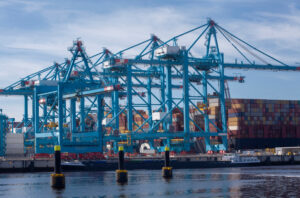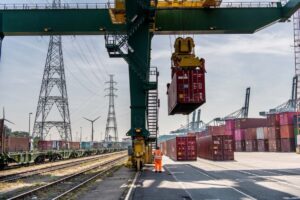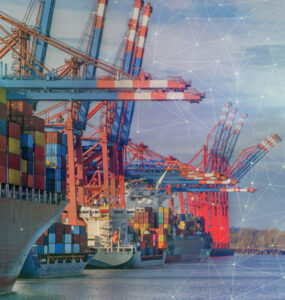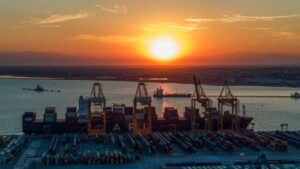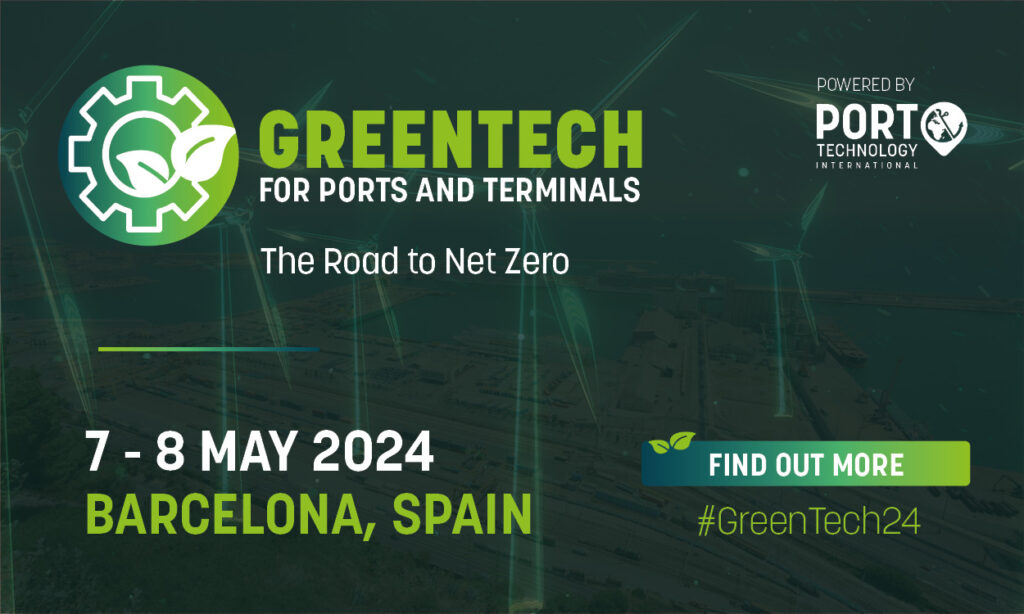Kalmar, a provider of lifting solutions for the maritime sector, has added to its Eco Range of electrified equipment with the introduction of a fully electric empty container handler.
According to a statement, the product launch represents a significant step for the Cargotec company as it moves towards offering an electric version of every product in its portfolio by 2021.
Already included in the Eco Range is the Kalmar Eco Reachstacker with a fuel-saving guarantee, as well as fully electric versions of the provider’s light and medium forklift trucks, Ottawa terminal tractors and automated guided vehicles (AGVs).
To view Kalmar's solutions for the ports and terminals sector, visit their page on PTI's Approved Industry Suppliers portal
The new machine, which is compliant with strict airborne and noise emissions standards, is expected to reduce overall fuel costs for customers without limiting performance.
In addition to this, the electric empty container handler is simpler and more cost-effective to maintain, due to having fewer moving parts and lower rates of wear and tear than a diesel-powered machine.
Kalmar is a sponsor of this year's Container Terminal Automation Conference; for their unique insight on automation, book your place today!
Stefan Hultqvist, Vice President of Forklifts at Kalmar, said: “We firmly believe that electricity is the power source of the future and have committed to make our full portfolio available as electrically powered by 2021.
“We have been developing electrically powered machine technology since the 1980s, and the Kalmar Electric Empty Container Handler is the latest in what will be a long line of eco-efficient solutions.
“We know that operational cycles differ from customer to customer, so we're pleased to be able to offer a choice between lead-acid and lithium-ion battery technologies to allow customers to specify the option that best fits their requirements.”
The empty container handler also includes an electric driveline, which is expected to make operating cycles shorter and increase the potential number of container moves per hour.




